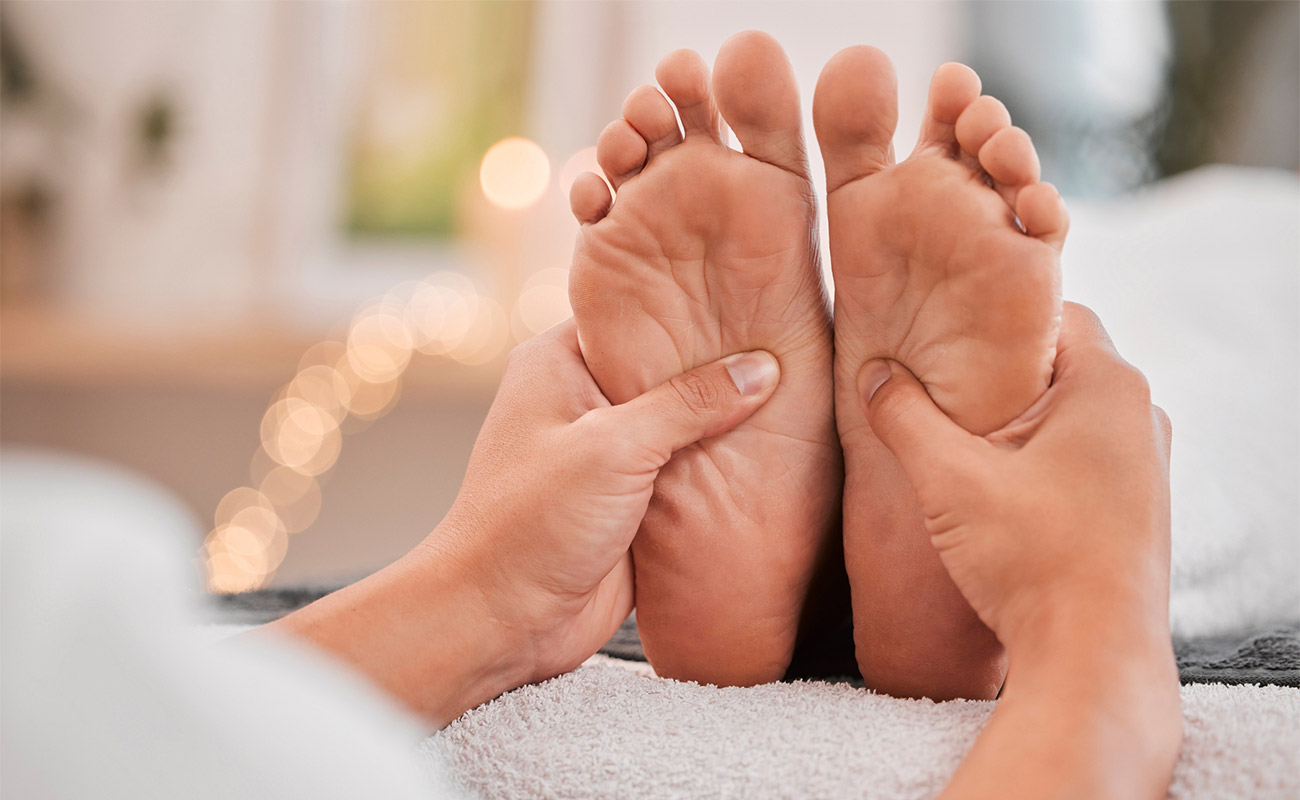The History of Reflexology: From Ancient Times to Now

Reflexology, an old healing practice that has stood the examination of time, remains to mesmerize the minds and soles of people worldwide. This alternative therapy is based upon the concept that certain points on the ears, feet, and hands represent different body organs and systems within the body. By using stress to these points, professionals intend to promote healing, alleviate stress, and bring back balance to the body.
The Origins of Reflexology
While the exact origins of reflexology are discussed, proof suggests that comparable techniques have actually existed for hundreds of years throughout different societies. Old Egyptian tombs depict what seems foot massages, while typical Chinese medication has actually long identified the interconnectedness of different body parts. The modern-day method of reflexology, however, was created in the very early 20th century by Dr. William Fitzgerald and later refined by Eunice Ingham, commonly referred to as the “mother of reflexology.”
Just How Reflexology Works
The basic concept behind reflexology is that the body is separated into 10 upright zones, each representing different body organs and body parts. By using stress to certain factors within these areas, reflexologists think they can affect the equivalent locations of the body. The ideas of the toes are thought to correspond to the head, while the ball of the foot is connected with the breast and lung area.
Prospective Benefits of Reflexology
Proponents of reflexology declare a wide variety of benefits, consisting of:
Stress reduction and leisure
Improved blood circulation
Enhanced body immune system function
Discomfort alleviation, especially for migraine headaches and migraines
Enhanced sleep top quality
Alleviation of gastrointestinal concerns
While clinical research on reflexology is continuous, several individuals report significant renovations in their total wellness after receiving treatments. It’s crucial to keep in mind that reflexology is typically considered a corresponding treatment and ought to not replace traditional healthcare.
What to Expect During a Reflexology Session
A normal reflexology session lasts between 30 to 60 mins. 秋葉原 will certainly begin by examining your feet before using pressure to specific factors.
Self-Reflexology Techniques
While expert sessions can be helpful, you can likewise exercise some fundamental reflexology methods in the house. Right here are a couple of easy exercises to attempt:
Foot rolling: Roll a tennis ball or specialized reflexology ball under your foot for a few mins each day.
Thumb strolling: Use your thumb to “walk” along the soles of your feet, using stress as you go.
Hand reflexology: Apply stress to the center of your palm using your thumb from the opposite hand.
Integrating Reflexology right into Your Wellness Routine
Just like any brand-new health technique, it’s important to come close to reflexology with an open mind and sensible assumptions. While it may not be a cure-all, several locate that routine reflexology sessions or self-practice can be a useful addition to their total health regimen. Whether you’re seeking anxiety relief, pain administration, or merely a minute of relaxation, reflexology uses a special technique to nurturing your mind and body.
Remember, if you have any kind of health concerns or are expectant, it’s always best to seek advice from your doctor before beginning any kind of brand-new therapy, including reflexology. With its gentle method and potential for advertising total well-being, reflexology continues to be a prominent option for those seeking an all-natural, all natural approach to health and wellness.
While the exact origins of reflexology are discussed, proof suggests that similar methods have actually existed for thousands of years throughout numerous societies. The modern-day technique of reflexology, however, was established in the very early 20th century by Dr. William Fitzgerald and later on refined by Eunice Ingham, often referred to as the “mother of reflexology.”
The fundamental concept behind reflexology is that the body is divided right into 10 upright zones, each corresponding to various body organs and body parts. As with any kind of new health technique, it’s vital to approach reflexology with an open mind and reasonable assumptions. Whether you’re looking for tension alleviation, pain monitoring, or just a moment of relaxation, reflexology offers a distinct method to nurturing your body and mind.